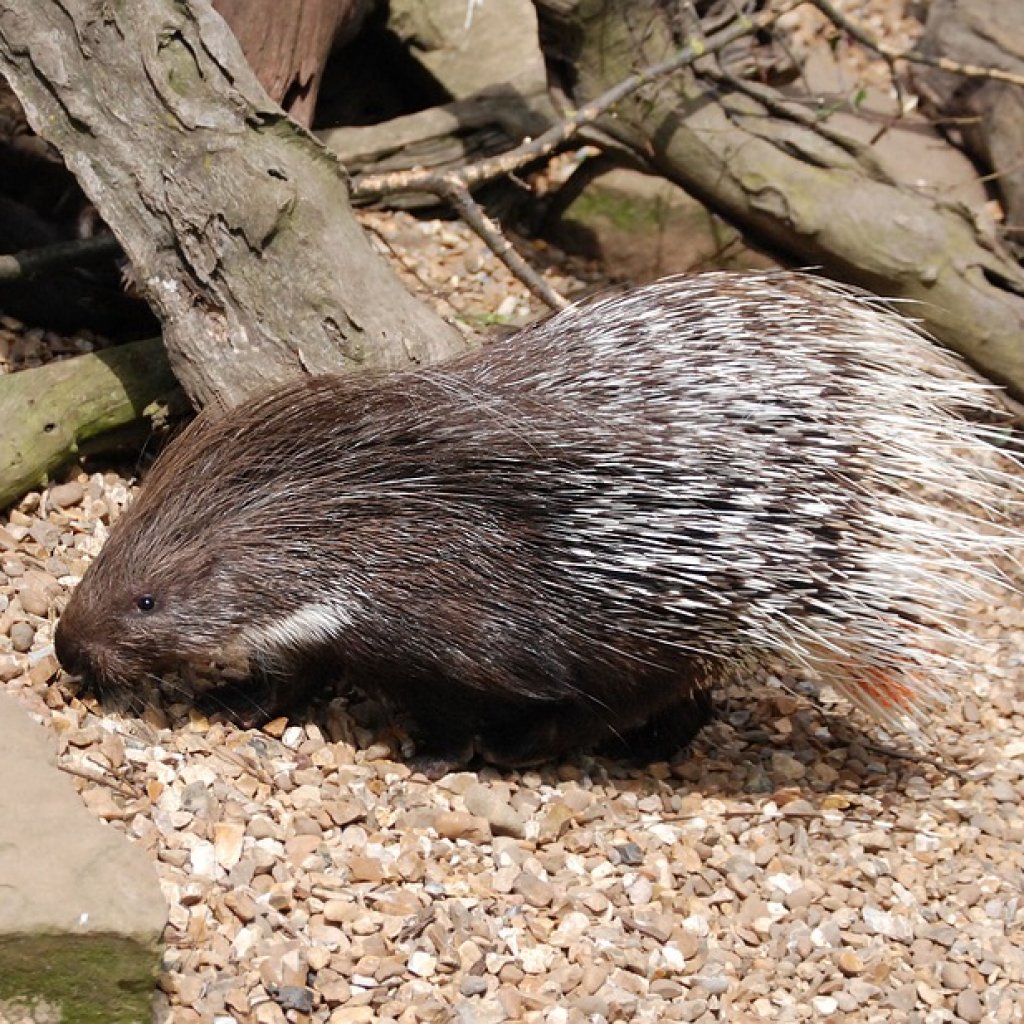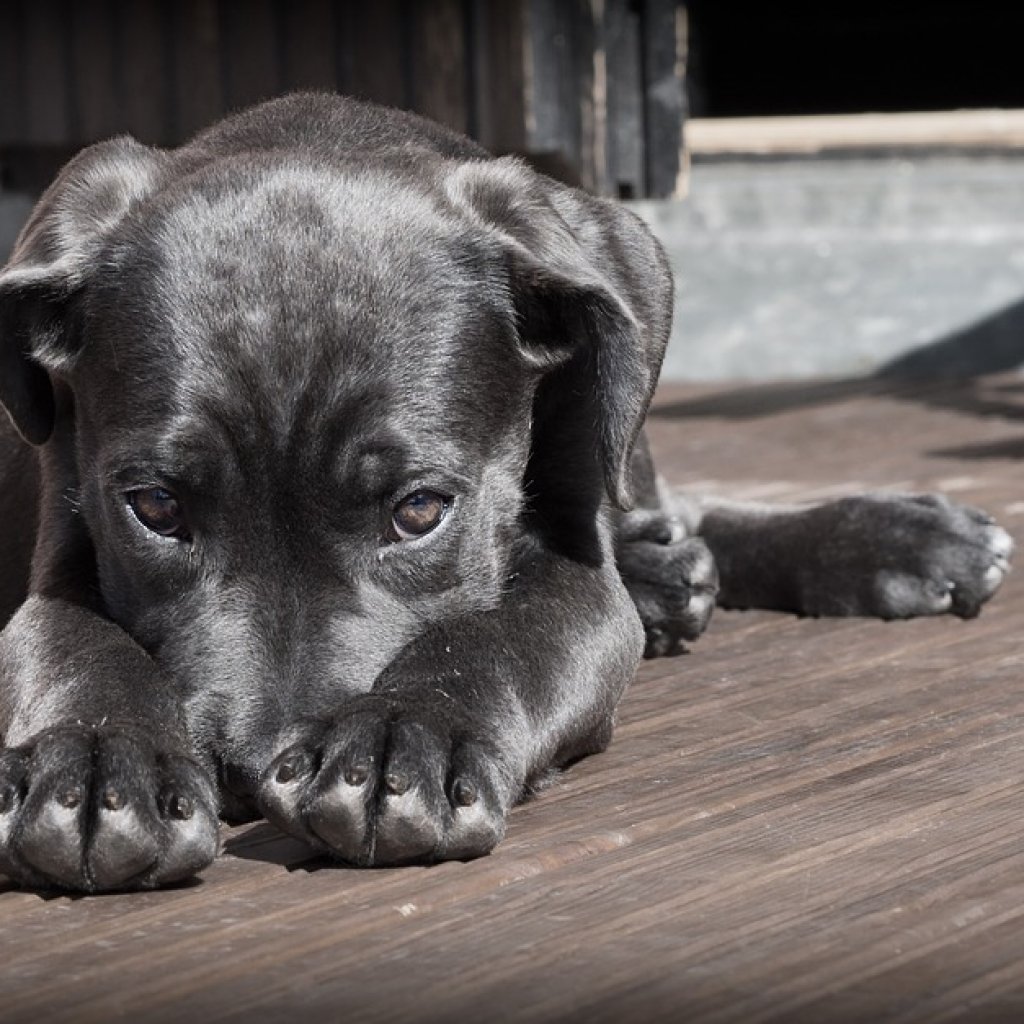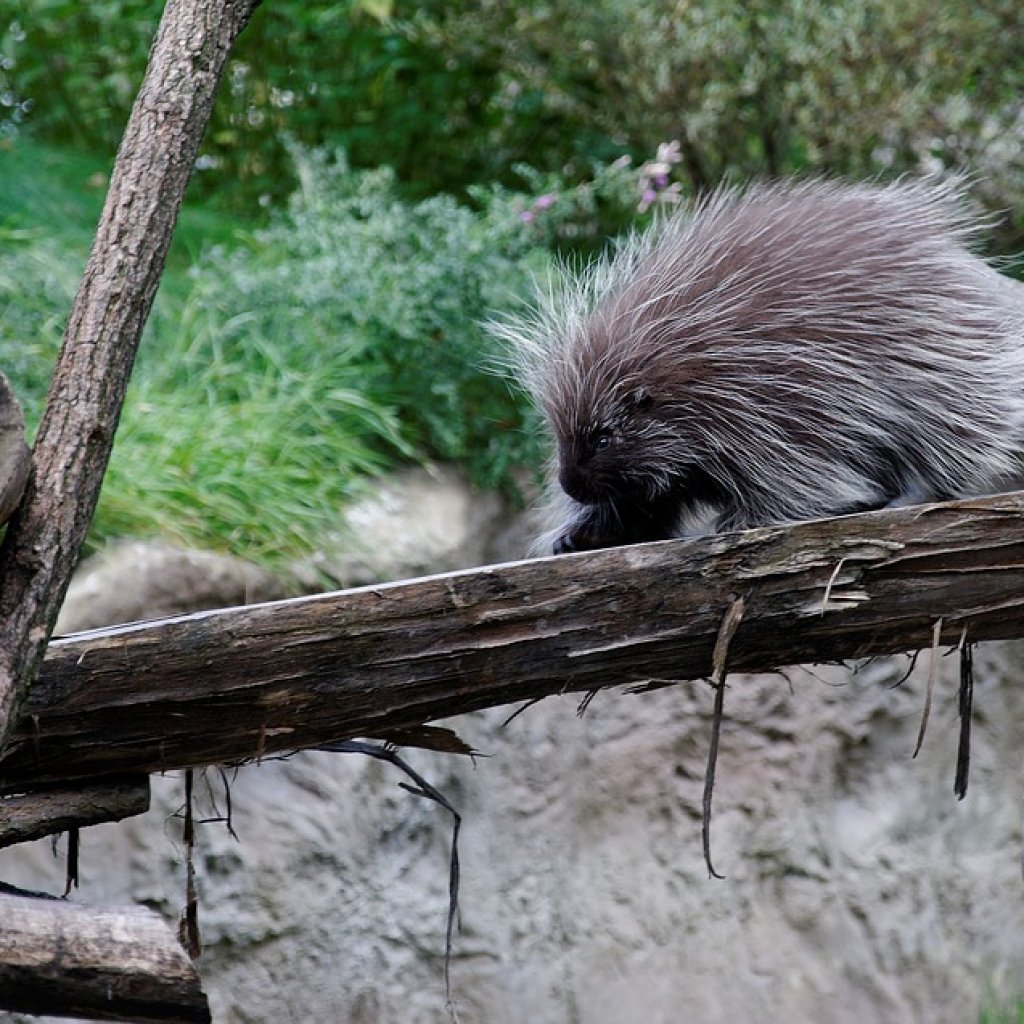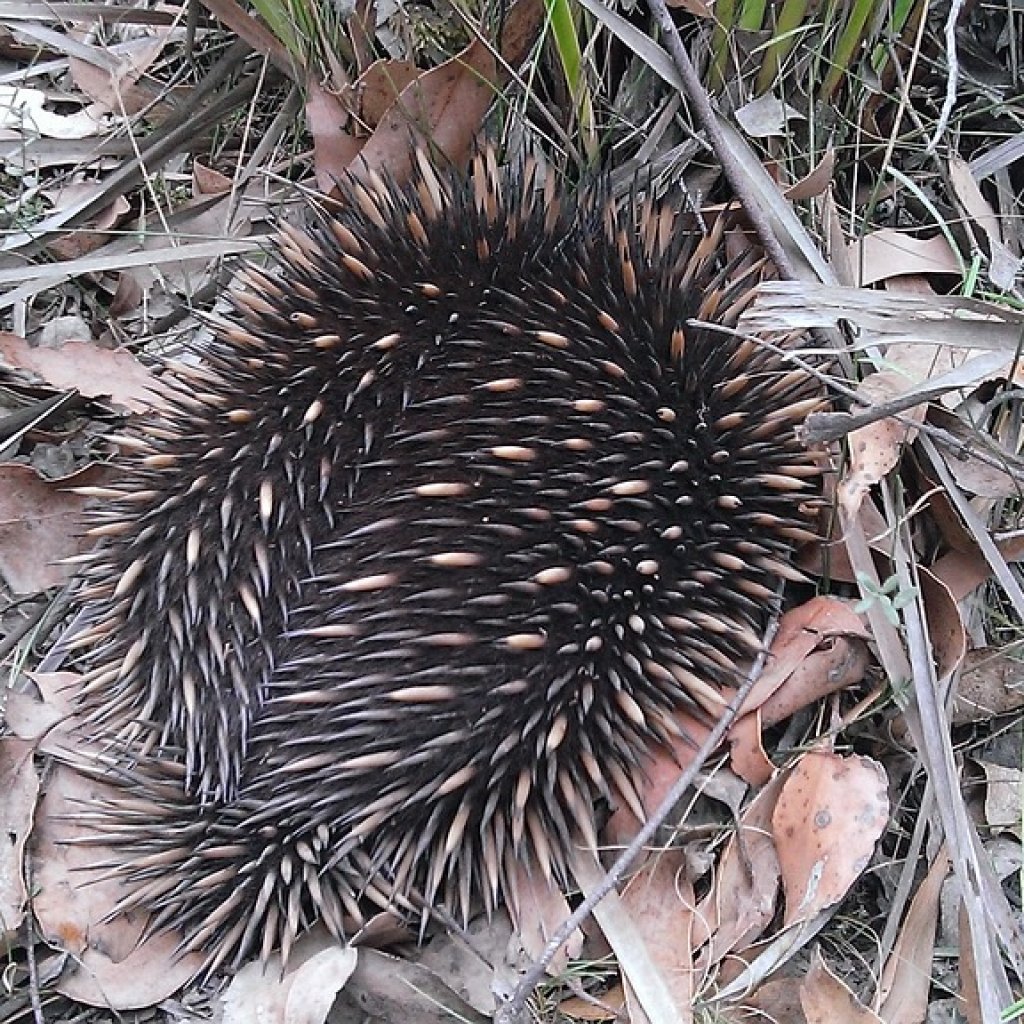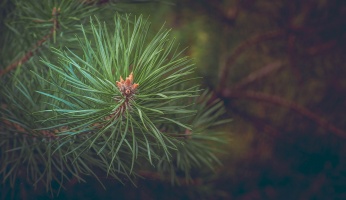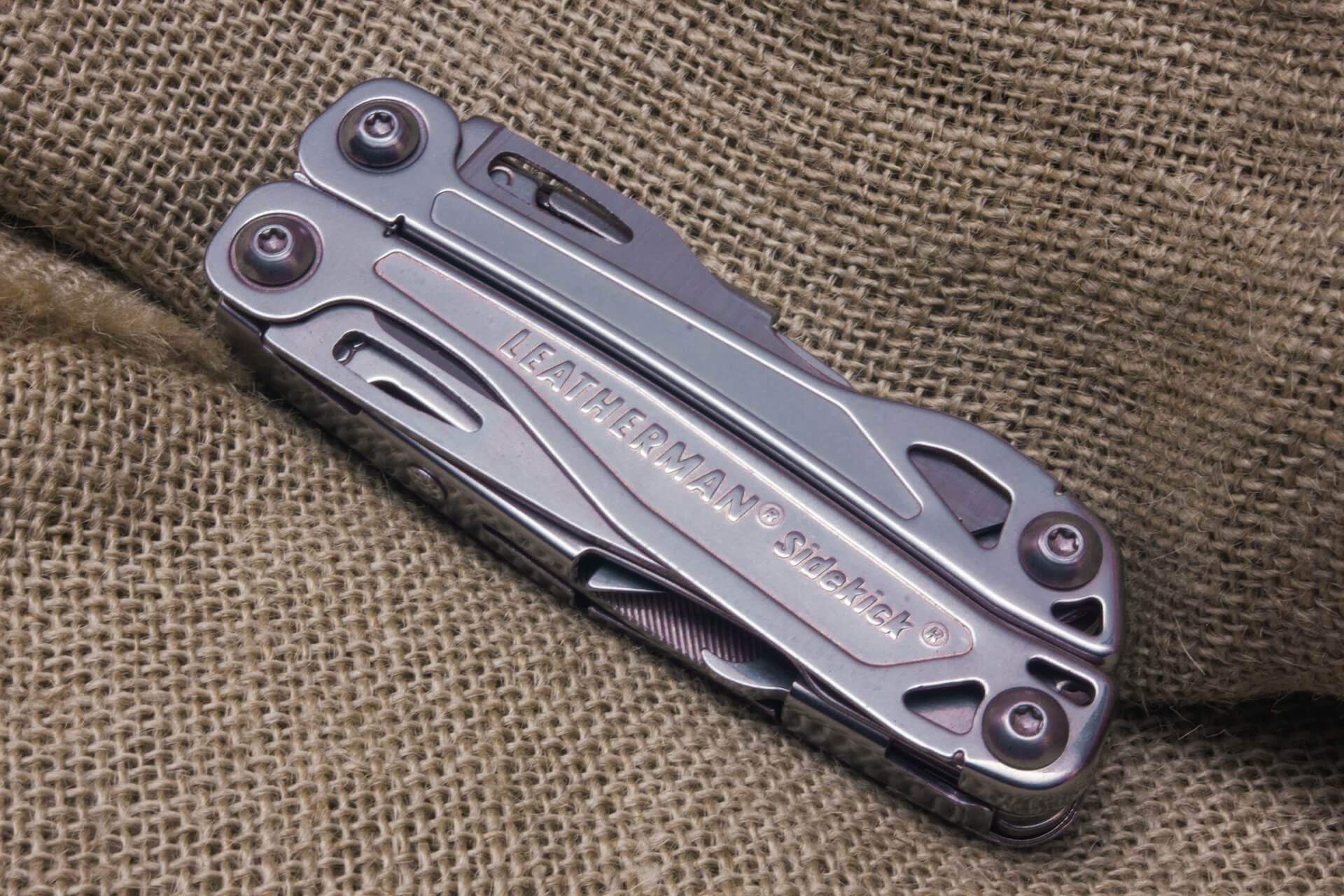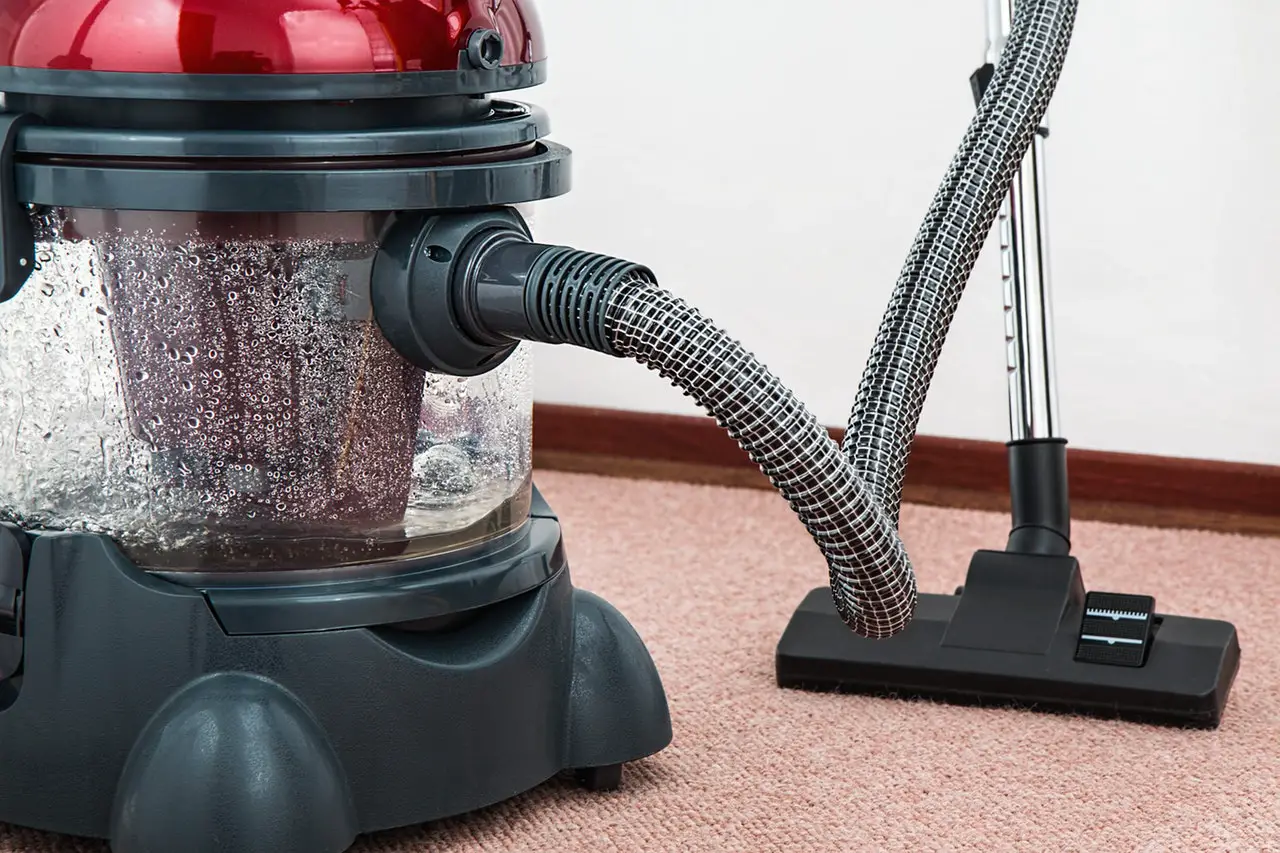Survival Skills: How to Effectively Remove Porcupine Quills
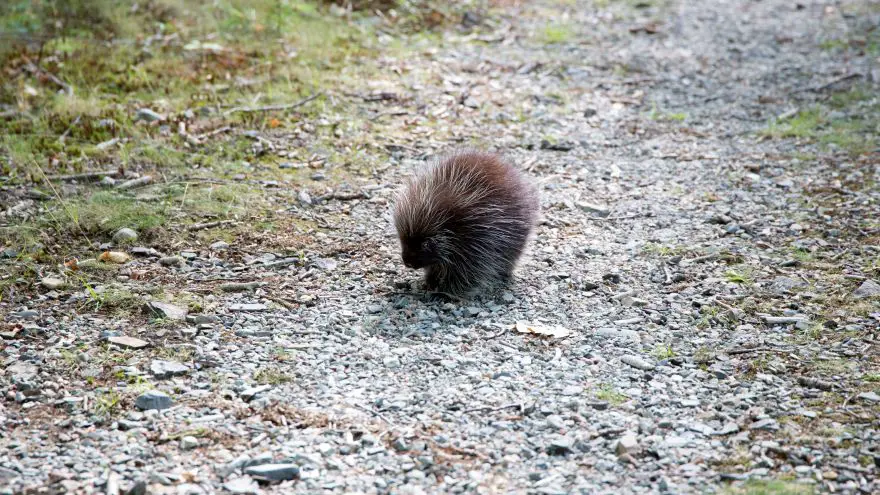 Survival Skills: How to Effectively Remove Porcupine Quills
thegearhunt.com
Survival Skills: How to Effectively Remove Porcupine Quills
thegearhunt.com
Porcupine quills…just the words are enough to make most of us cringe. If you have ever been attacked by a porcupine or had a pet that has been, then you already know how painful the quills can be and what must be done to get rid of them. Porcupines are middle-sized rodents that know very well how to take care of themselves and fend off any attack, or what they think could be an attack easily. They defend themselves by spraying barbed quills into their attackers or anyone that they think is a threat, whether it’s an animal or a human, startling a porcupine is never a good idea.
However, there are quite a few myths out there about porcupines, and their quills, that need to be debunked, such as, they don’t launch their quills at you and they are more likely to run away if they can than they are to run towards you on the attack. However, if you are confronted by a porcupine, the quills they will deposit in your skin if they feel threatened will be painful and could cause an infection so you need to be careful. That’s if you’re a human, but our canine pals have a tendency to be a little too curious when it comes to our prickly friends, and once they get to close, they get hit with quills. Of course, they don’t understand what happened, or why, even as smart as dogs can be about things. More often than not, when a dog runs up on a porcupine, instead of turning and hightailing it the other way, they instead rush in where others won’t, and get a face full of porcupine quills for their foolhardy efforts.
Porcupines have more than 30,000 quills that they will brush off onto whatever is threatening them, with just a swish of their tail. It doesn’t matter if you or your dog are just being curious, not aggressive towards the third-largest rodent in the world and the second-largest in North America, they can weigh up to as much as 40 pounds, the result is still going to be the same. The results of tangling with a porcupine need to be dealt with right away and though you may be tempted to try to remove the quills from yourself or your pet, doing it the wrong way can lead to an infection and if the quills break off and get into your bloodstream, it could end in death.
That is why it’s so important to seek medical help for yourself or your pet if you run into a porcupine and are attacked. In this blog, we will go into how to effectively remove porcupine quills, the myths surrounding porcupines, how to prevent an attack from happening, and even some fun facts you might be interested in knowing. So, are you ready to delve into our blog on porcupines and how to avoid being attacked by one? We are! Then, grab a glass of lemonade, pull up a chair and let’s get started, why don’t we?
Explaining the Porcupine
Explaining the porcupine is important here so that you know if you run into one. They are found in the Americas and a few other countries and grow to the size of a medium-sized dog or a cat. Their color varies from brown to grey, and sometimes white, but this is a very rare occurrence. This description can help you to avoid a porcupine, but, of course, it’s not going to do much for your canine pal, who doesn’t care what they are, what the color is, or how much it weighs. Each of a porcupine’s quills has between 700 and 800 barbs along the tip, which will all embed in your skin, should you get in this creatures way. The process of depositing their quills into a predator or victim isn’t painful for the porcupine, they will just grow them back later, but it sure is painful for the recipient, whether you are man or beast.
Myths and Tips for Removing Quills from Dogs
While no one wants to have to take their dog to the vet to have porcupine quills removed, especially since it is going to cost a pretty penny, that’s about the only option out there, if you want to ensure that your pet is safe and pain-free after the attack. These quills are designed to cause maximum pain and when they go into the skin, they are difficult and very painful to pull out. There is a myth out there, that you can easily pull the quills from your dog’s face, but this is simply not true. This type of treatment should be left to the professionals. Your vet will probably put your pet under anesthesia until the removal is complete, because it is tedious, takes a long time, and is extremely painful.
If your pet comes home with a face full of quills, it’s best to get him to the vet as soon as possible. Since he is going to be in pain, his natural instinct is going to be to paw at the quills, which will drive them deeper into his skin or causing them to break off. The longer they are left, the more brittle they become as well, and that makes them harder to take out also. Since porcupines are also known rabies carriers, your pet will probably receive a rabies shot while at the vet as well.
It is also possible that if the quills are not removed quickly enough, they will cause internal damage. The more your pet moves around, the deeper the quills can go, invading joints, muscles, and the bloodstream, which could easily result in death. Keep your pet as calm as possible, until you get him to the vet, which may do an ultrasound as well, to see if there are any deep quills that need to be removed.
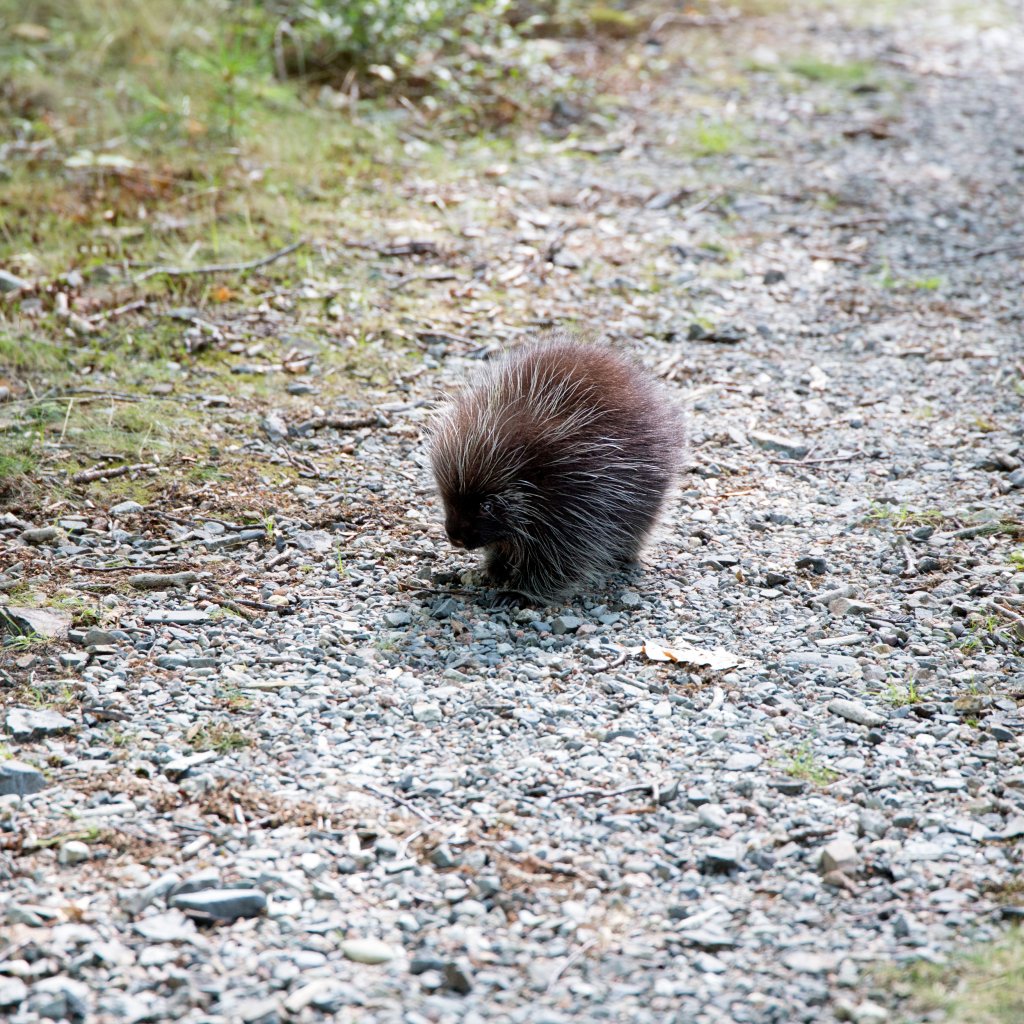
Myths and Tips for Removing Porcupine Quills from a Person
While it is possible to remove porcupine quills from your friends, family, or yourself, it is highly not recommended. If you happen upon a porcupine, you really shouldn’t try to remove them yourself, because it is possible that you will break the quills off in your skin and make them impossible to get at, or do the procedure wrong and end up with an infection that if left untreated can kill you. Getting barbed by a porcupine is in no way the same thing as being sprayed by a skunk, where you can soak in tomato juice and go about your way. The barbed quills are painful and can lead to death if you aren’t careful and they enter your organs or bloodstream.
That is why it’s best to go to the emergency room and let the doctor there take care of the problem for you. On top of that, the pain medication they give will help you through the process. You do need to take antibiotics after a porcupine attack and make sure that you get rabies shots, just like the one given to your pet, as rabies is not curable and is a slow painful death as well.
If you do decide to take them out yourself, please keep an eye on the wounds, so that if they get infected you get to a doctor right away. It’s better to be safe than sorry, wouldn’t you think? There are quite a few myths out there concerning humans and porcupine quills as well, such as the one that says you should cut the quills before removing them. This is simply not true, as this could cause the quill to flatten and splinter into many pieces, which will make it even harder to remove. Your best course of action, as previously stated is to go to the emergency room and let the removal be handled by the professionals.
Tips for Avoiding a Porcupine and its Quills
Now, that we know that you need to go to the doctor to have the quills pulled from your own and your pet’s skin, it’s time to move onto some tips for how to prevent the porcupine from attacking you and your pet, to begin with. Those tips are listed below.
Don’t Just Assume Your Pet has Learned his Lesson
Dog’s don’t seem to learn their lesson about porcupines very easily. Dogs have been known to come home with porcupine quills in their faces two or three times. So, never assume that your dog has learned his lesson and won’t do it again. You are going to need to keep an extra careful eye on him until you find where the porcupine den is located and have a local pest control professional remove it from your property. While you can’t be everywhere with your beloved pet, try to keep him as close as possible, until you are sure the porcupine has been removed and it’s safe for him to wander once again.
Identify the Den the Porcupine is Living In
Porcupines like to live in small spaces, such as caves, under logs, or in rock falls. They could also be living under your deck, in your crawlspace, or even under your house. Try to keep your dog away from those areas, until the professionals can come in and get rid of the nuisance for you.
If You Run Across a Porcupine, Back Away Slowly
Contrary to the myths out there, the fact is that porcupines do not have the ability to send quills flying your way. If you run across a porcupine, back away from him slowly, trying not to make too much noise. Remember to check behind you, however, to make sure there aren’t more porcupines. Though these are usually solitary creatures, there are times that mothers may be sharing their dens with baby porcupines or other porcupines as well and you don’t want to fall on top of one of them for sure, as that would be truly painful.
Know Your Porcupines and When they are Most Active
It’s much easier to avoid being assaulted by a porcupine if you know a little about them, including when they are the most active. Since porcupines usually sleep during the daylight hours, you and your animal normally have little chance of encountering them on your daily, morning walks. If possible, keep your dog indoors or even in a pen at night, and be careful if you are out in the evenings. Make sure that you take a flashlight if you want to try to spot a porcupine on your property, to confirm that it is indeed there. Stay far away from the den, even if you do spot one, to avoid injury.
Call in the Professionals to Remove Porcupines from Your Property
If you find that there are indeed porcupines that have made a den on your property, you should never try to remove them yourself. Not only do porcupines attack if provoked they also eat plants and wood, which can cause major damage to your property and your garden as well. Call in the professionals to remove them, as trying to drive them from your property yourself, could very well end badly for you. If you try to do this yourself, then you may end up with porcupine quills in your skin and headed to the emergency room, while the porcupine heads back into his den on your property to live in peace.
This concludes our blog on how to effectively remove porcupine quills and everything else you need to know about this furry critter. Remember, trying to remove quills from your pet or yourself can be dangerous, painful, and can lead to consequences that you don’t want to deal with.
Sources:
- Thoughtco: How to Survive a Porcupine Encounter
- Hills: Porcupine Quills in Dogs: What You Should do
- True Tech Wildlife Service: Are Porcupines Dangerous?





